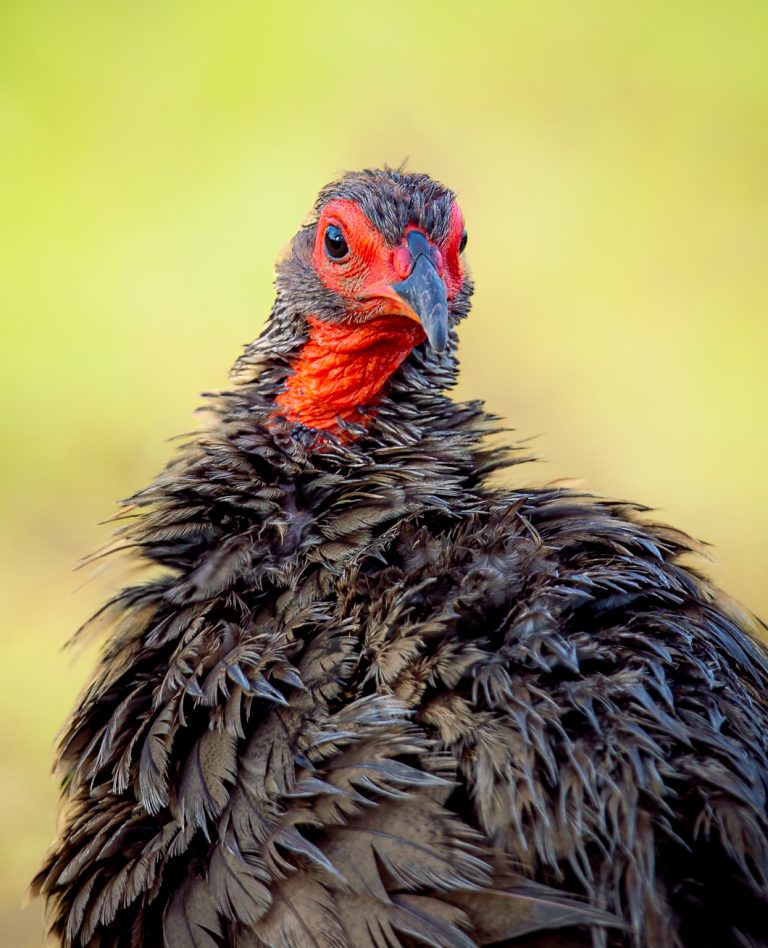Article and Images: John Smith
Zimbabwe is fortunate to be blessed with a huge variety of beautiful insects, birds and wildlife. So it’s no surprise bird watching, and nature photography is such an avid hobby for many people.
It’s not only relaxing, its educational. As we humans better understand how each species interacts with each other and we become more aware of the immense intelligence and understanding each bird and animal has for its surroundings, changes in seasons and weather, and the mood of the bush in general, the more we appreciate natures beauty.
But most of all, it’s the pleasure of getting out in the bush that is calming. The pressures of work and urban life are somehow dissipated and become secondary to that anticipation of what you are going to see round that next bend in the road. Even when it seems there is nothing, there actually is something if you care to look closely.
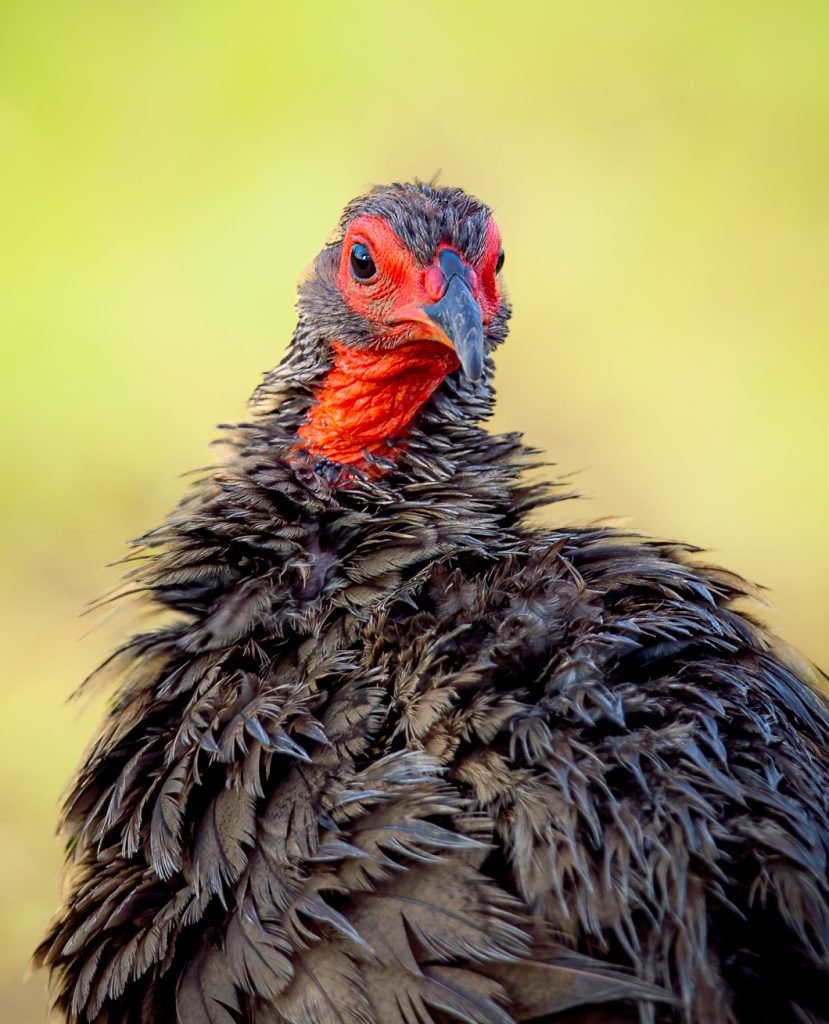
Advances in modern digital photography now means we can very easily capture and bring these observations back home and savor them as memories forever. Cameras today are able to capture micro seconds of detail the human eye and brain just cannot process. We see things holistically and remember events in a general and emotional way whereas a camera records a series of detail that allows us to go back and expand and really digest that detail. It’s a great hobby everyone can enjoy.
Go Out and Get Started
With over three hundred and fifty species of animals, five hundred species of birds and one hundred and thirty species of fish, three hundred different insects and a plethora of trees, plants and grasses Zimbabwe is incredibly rich in natural diversity. It’s an astounding number for a relatively small country.
Yet how many of us actually take the time to look, really look and see what is around us. Go out and look, really look and you will be very surprised by what you will find.
Begin in the Backyard
Birds love a bath. Think about setting up a bird bath and a perch in a secluded part of the garden and regularly change the water. It’s foolproof. Once one bird finds it, others will notice and very soon you will have a regular low of visitors.
You can also entice the seed eaters by spreading some seed and the insect eaters by putting out a few meal worms. Watch when each bird type comes down to eat and drink and bath and where they fly up to preen. They are habitual, favoring perches and certain branches. Over time the birds will become more accepting of you and if you sit quietly, you will get great pleasure in their company and of course get the chance to take great photos.
Take a Walk in the Bush
The Zimbabwean bush and national parks are like no other, anywhere in the world. It stands tall in diversity and beauty. And of course, for wildlife and nature photography Zimbabwe really has it all and is recognized as one of the prime locations to view and enjoy the best Africa has to offer.
Walk in it and enjoy it. One hour in the bush will rejuvenate your soul. For photography it’s an amazing space. Look down, look up. There is actually so much to see and photograph it’s almost impossible to know when to stop.
The Camera Does Not See, It’s the Photographer That See’s.
Buying expensive cameras does not guarantee great photos. What matters more is using the camera you have to its full extent because all a camera actually is, is a tool to store the image on a memory card. The image itself is dependent on the skillset of the photographer, how the eye frames it and uses the light to record the mood of the moment.
Most of all the really great thing about modern digital photography is we get to erase our mistakes at the press of a button. And, like everything else in life we learn more from our mistakes that anything else so the more photos you take the better your photography gets.
Of course, as your photography skills improve your wish for more sophisticated equipment grows. The key thing here is to buy the best you can afford, with more focus on the quality of the lens than the technology of the camera. The thing is, you will inevitably grow out of your camera but you never grow out of a good lens. That’s something you can keep forever.
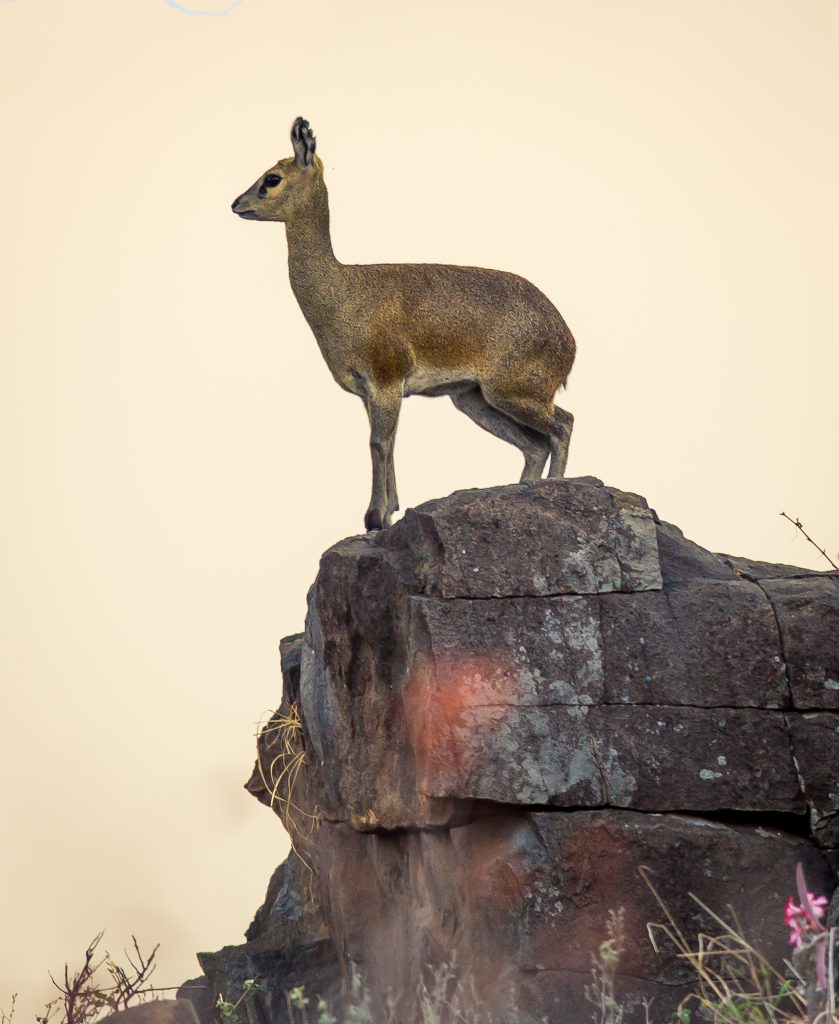
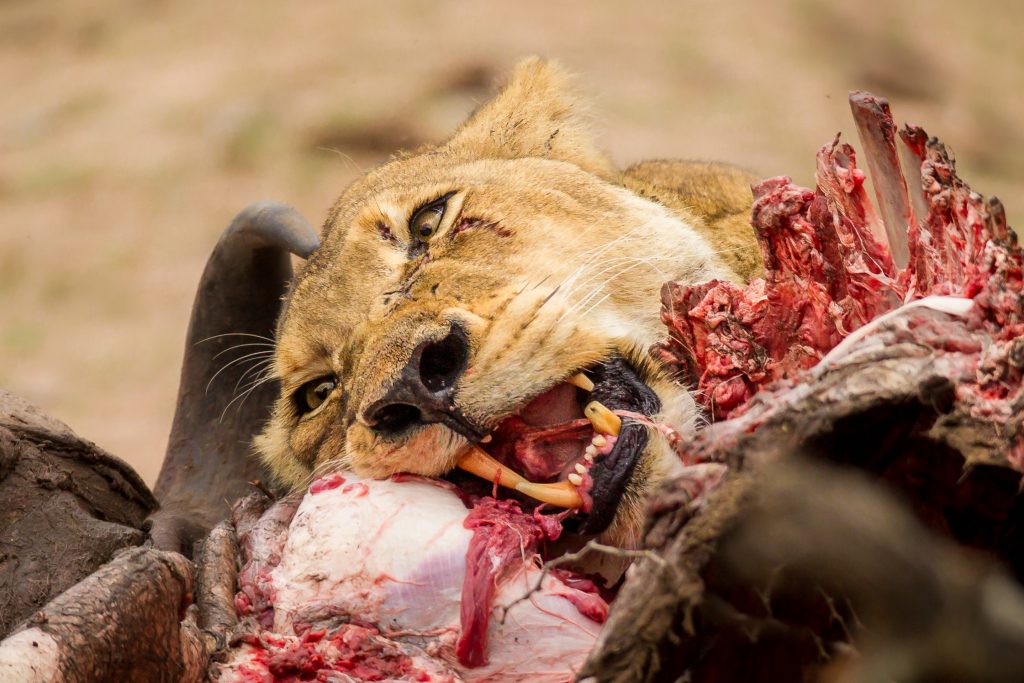
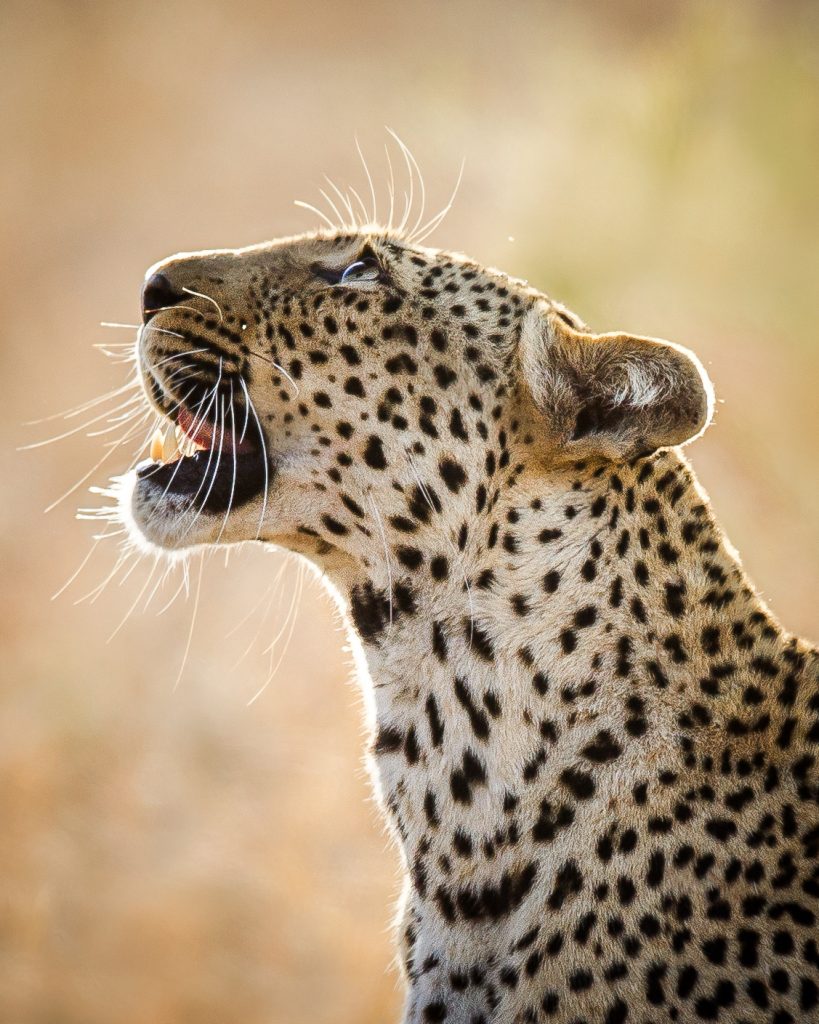
Tips and Tricks
Take the Shot
They say that once you have that first shot of that bird or animal you want to get, however good or bad it is, it’s only time before you will get your next chance. Getting that first shot in the memory is always the hardest. The next is just a matter of time. It sounds fanciful, but it’s true. So, take the shot, then take a breath and then try and get another better one and another after that.
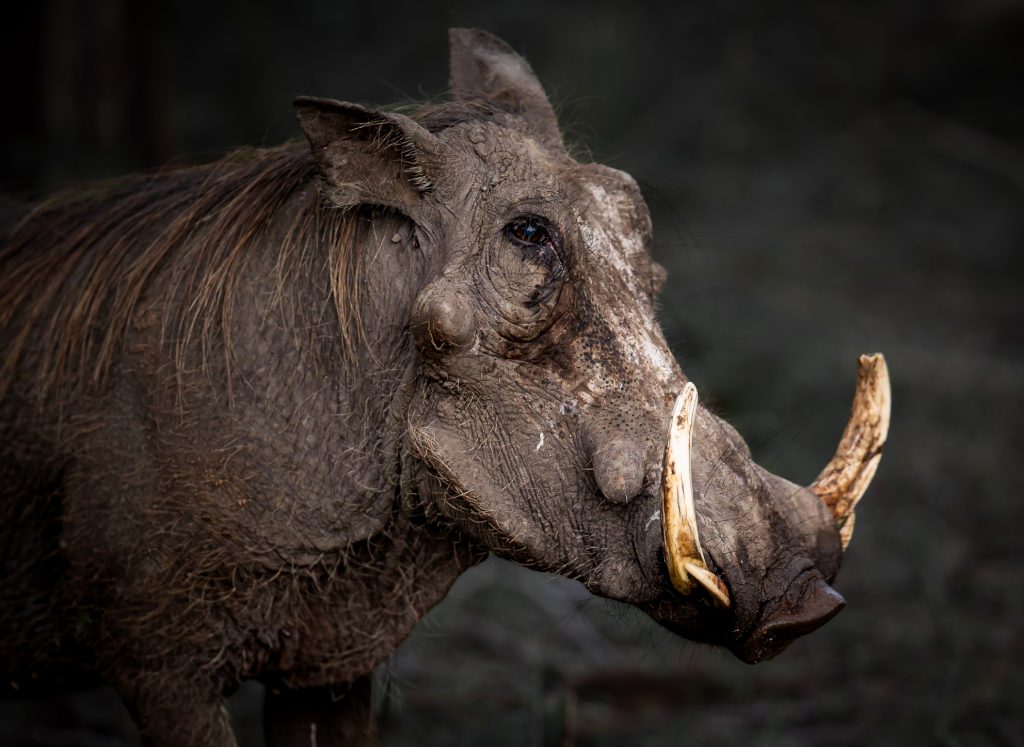
Change the Angle
Birds always look better when the background is clean and the simplest way to make your bird photo pop is to get in the habit of looking behind the bird and then moving left or right to minimize background distractions. Another way is to play with the aperture. A wider aperture results in a shorter depth of focus and a more blurred background. A small aperture results in the opposite, so for landscapes for example, when you want to capture as much detail as you can, you would go for a smaller aperture.
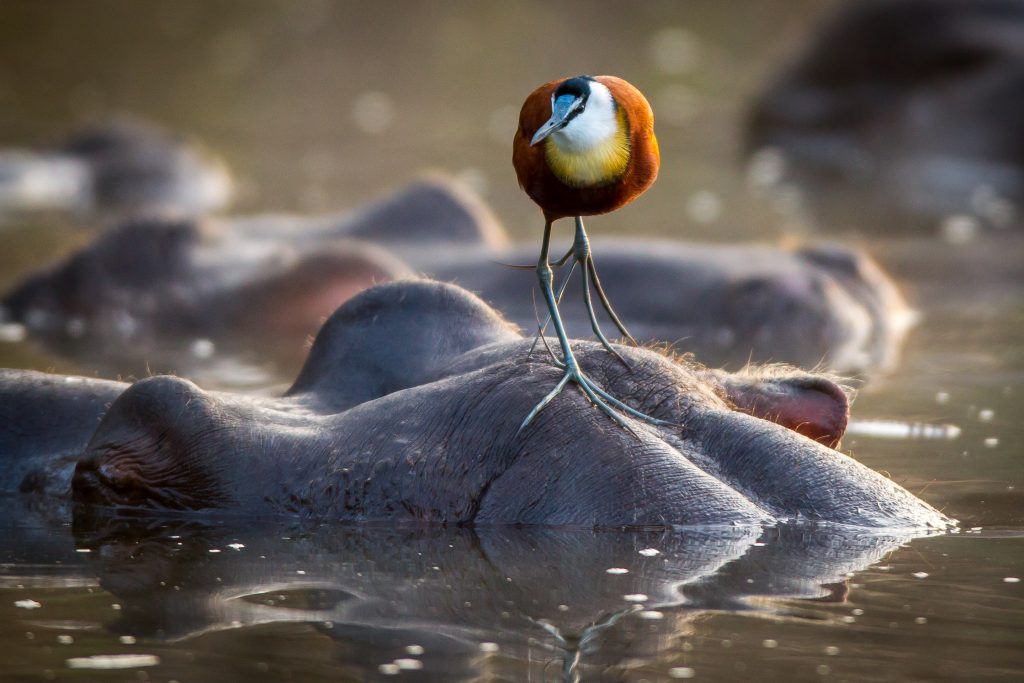
For water birds like egrets or herons getting down low is good. Don’t be afraid to get down and dirty. The same goes for wildlife. Try and capture the mood of the moment, the look in the eye, the dust, the flies.
Patience is a Virtue
As the seasons change so do your opportunities. Embrace the hot dry weather as much as the cool winter shivers. Like humans, birds and animals need water to drink and bath. Your birdbath or that waterhole in the bush will deliver them. The dry dirt under trees hiding insects, flowering bushes and aloes all will deliver something to photograph at some point in the year as birds and animals have an inordinate sense of where the food is at any given time and will regularly return.
In summer watch and see what birds or animals come down to drink and bath and when. All you have to do is set yourself up and wait. Patience pays off more than you can imagine.
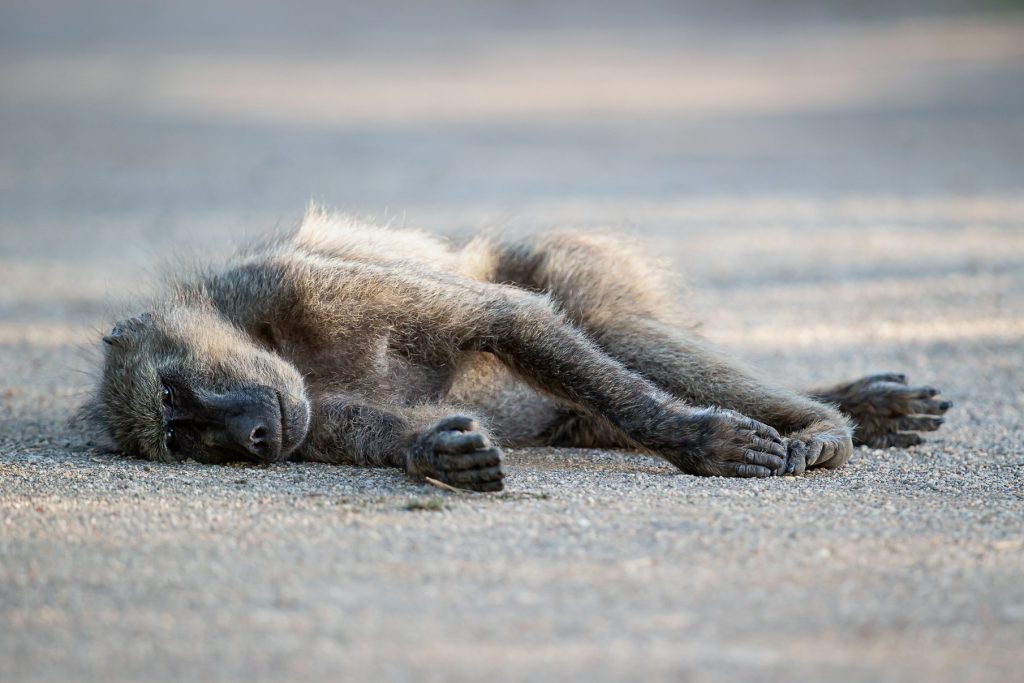
Understand and use your camera’s features.
All cameras have a wide range of features and functions. The biggest mistake most amateurs make is setting the camera to auto and then pressing the button. This does not fully utilize the broad range of features you have actually paid for. Learn to use all the functions. If you are not sure, a Google search or a YouTube video will explain them. You will be amazed how this will enhance the quality of your photos.
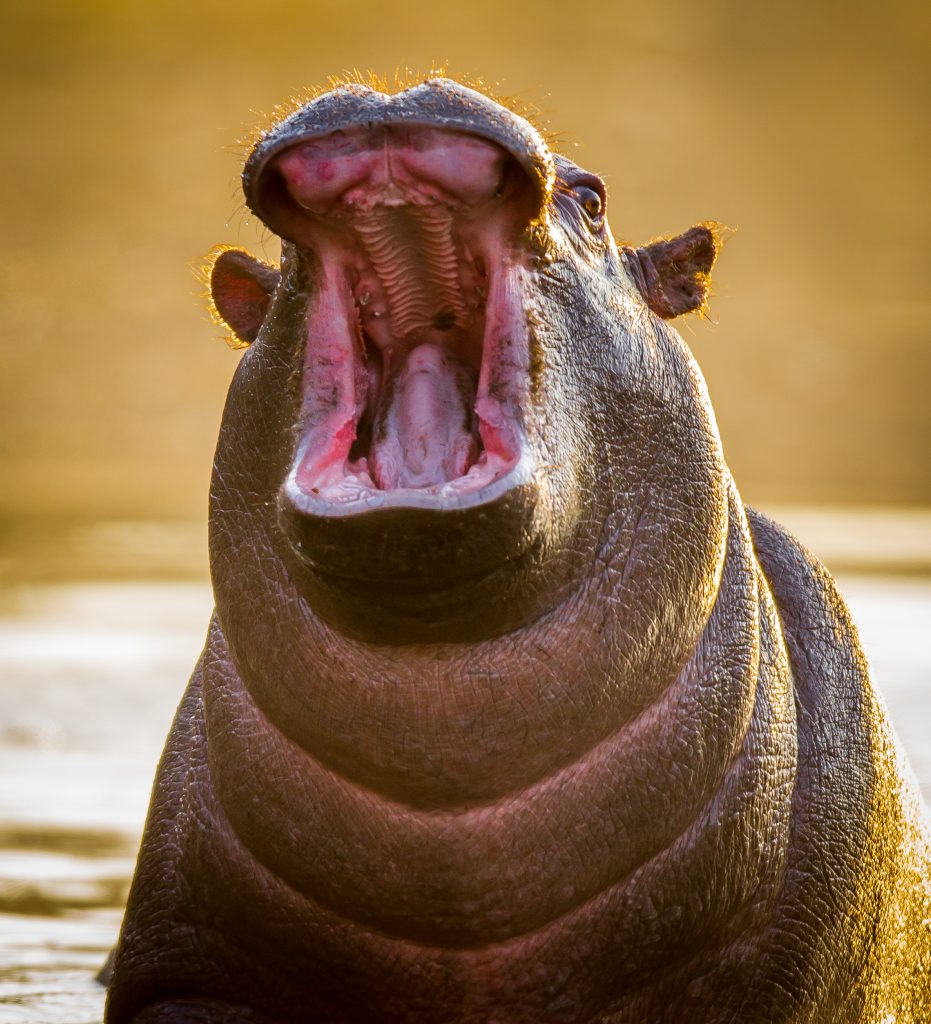
Set the camera so it saves the images in RAW
Most modern cameras allow the image to be stored on the memory card in the camera using a number of formats. One of these is RAW which captures and allows you to adjust the digital parameters of the image as it was taken. It allows fine adjustments to be made to a broad range of parameters without permanently changing the original digital data.
Software to edit images is available free on the internet. The software allows a wide range of parameters to be adjusted without loss of the original data. Then to upload the image for display on a computer or mobile phone the image is saved and exported as a JPEG file.
The advantage of RAW file storage is that even years after you have taken a photo, you can go back as many times as you want to the original digital image as it came out of the camera and reprocess the files.
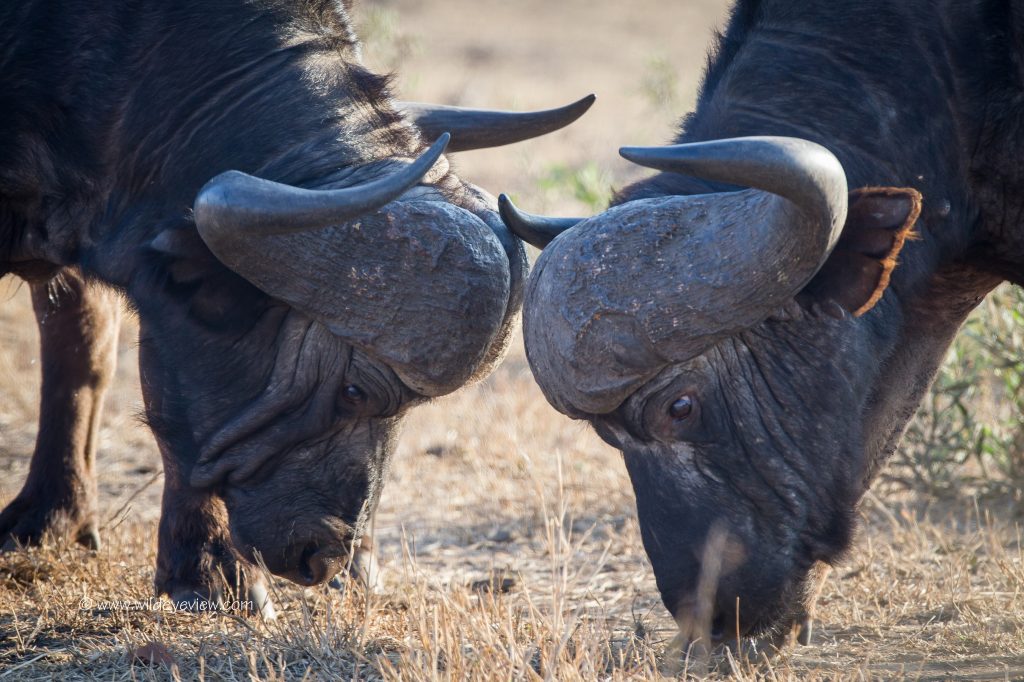
Enjoy the Experience
As with everything in life enjoying the experience of what you are doing is important. Getting that perfect shot is never guaranteed and can be challenging.
When it comes to wildlife, it’s often the ugliest that photograph the best. You will find a nice photo of a good looking ugly animal is the one you savor the most. Similarly with birds. Often the prettiest ones are the most fidgety, never sitting still long enough to allow you to focus and press the shutter. If you end up with a bunch of blurred or half framed images as the bird escapes having its photo taken don’t worry. This is quite normal. Even the best professionals take a lot of duds to get those few worth keeping.
Enjoy Zimbabwe’s natural wonders and your photography.

